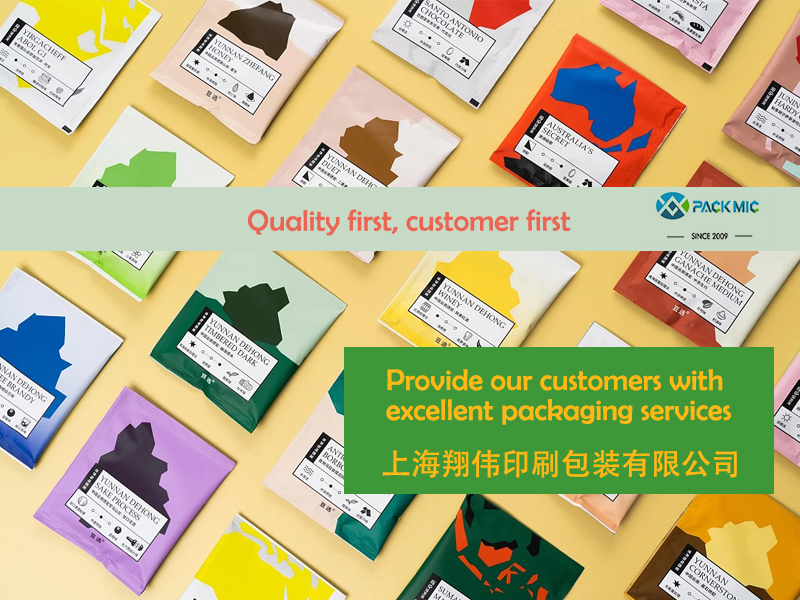
As we all know, packaging bags can be seen everywhere in our daily lives, whether in stores, supermarkets, or e-commerce platforms. Various beautifully designed, practical, and convenient food packaging bags can be seen everywhere. It acts as a protective or barrier layer for food, like a "protective suit" for food.
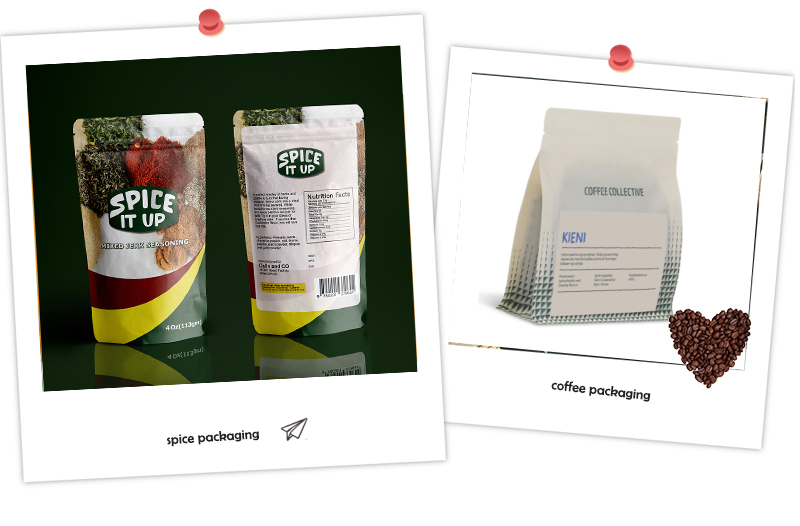
Not only can it effectively avoid external adverse factors, such as microbial corrosion, chemical pollution, oxidation and other hazards, ensure the quality and safety of food during storage and transportation, and extend its shelf life, it can also play a promotional role for food manufacturers, killing multiple birds with one stone. . Therefore, to a large extent, packaging bags have become an integral part of various food products.
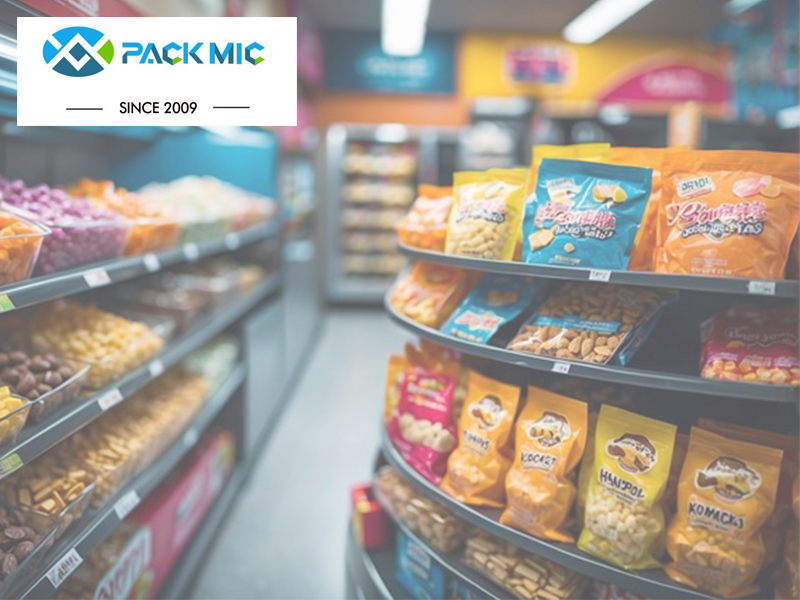
This has also greatly boosted the market for packaging bags. In order to occupy a place in the food packaging bag market, major manufacturers continue to improve the quality of packaging materials and derive a variety of food packaging bags. This has also brought choices to food manufacturers to a large extent.
However, different foods have different characteristics, so different foods have different protective requirements for packaging. For example, tea leaves are prone to oxidation, moisture and mold, so they need packaging bags with good sealing, high oxygen barrier and good hygroscopicity. If the selected material does not meet the characteristics, the quality of the tea leaves cannot be guaranteed.
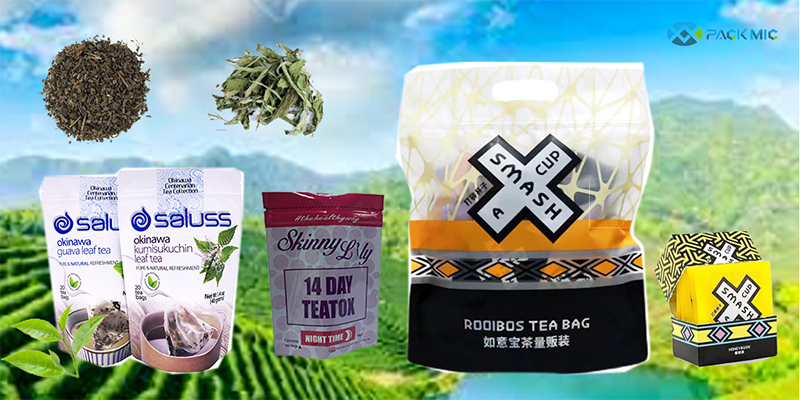
Therefore, packaging materials should be selected scientifically according to the different properties of the food itself. Today, Pack Mic (Shanghai Xiangwei Packaging Co., Ltd) shares the material structure of some food packaging bags. The food packaging materials on the market mainly include the following. At the same time, different materials are compounded according to the characteristics of the food.
FOOD PACKAGING MATERIALS COLLECTION
v PET:
PET is polyethylene terephthalate, which is a milky white or light yellow, highly crystalline polymer. It has the characteristics of high temperature resistance, good rigidity, good printing effect and high strength.
v PA:
PA (Nylon, Polyamide) refers to a plastic made of polyamide resin. It is a material with excellent barrier properties and has the characteristics of high temperature resistance, high strength, flexibility, good barrier properties, and puncture resistance.
v AL:
AL is an aluminum foil material that is silvery white, reflective, and has good softness, barrier properties, heat sealability, light shielding, high temperature resistance, low temperature resistance, oil resistance, and fragrance retention.
v CPP:
CPP film is cast polypropylene film, also known as stretched polypropylene film. It has the characteristics of high temperature resistance, good heat sealability, good barrier properties, non-toxic and odorless.
v PVDC:
PVDC, also known as polyvinylidene chloride, is a high-temperature resistant barrier material with characteristics such as flame resistance, corrosion resistance, and good air tightness.
v VMPET:
VMPET is polyester aluminum-coated film, which is a material with high barrier properties and has good barrier properties against oxygen, water vapor and odor.
v BOPP:
BOPP (Biaxially Oriented Polypropylene) is a very important flexible packaging material with the characteristics of colorless and odorless, high tensile strength, impact strength, rigidity, toughness and good transparency.
v KPET:
KPET is a material with excellent barrier properties. PVDC is coated on the PET substrate to improve its barrier properties against various gases, thus meeting the requirements of high-end food packaging.
DIFFERENT FOOD PACKAGING STRUCTURES
Retort packaging bag
Used for packaging of meat, poultry, etc., the packaging requires good barrier properties, tear resistance, and can be sterilized under cooking conditions without breaking, cracking, shrinking, and having no odor. Generally, the material structure needs to be selected according to the specific product. For example, transparent bags can be used for cooking, and aluminum foil bags are suitable for high-temperature cooking. Specific material structure combination:
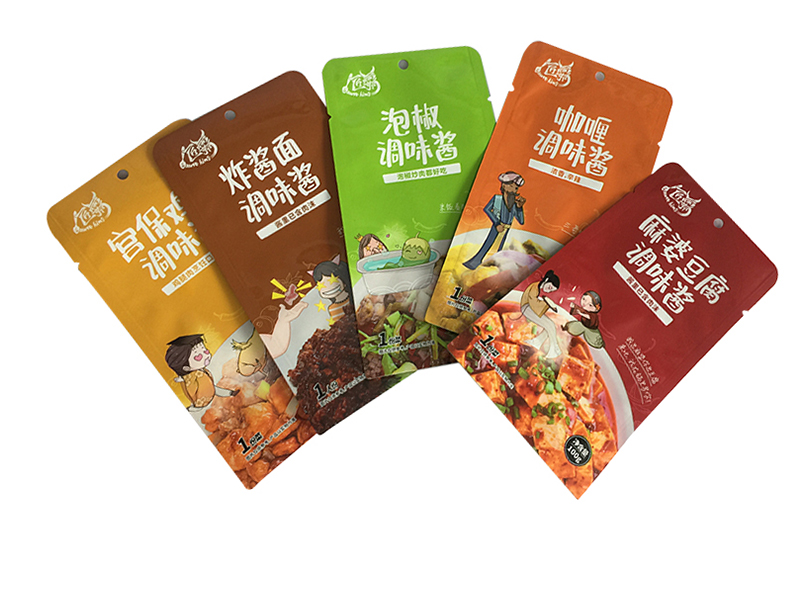
Transparent Laminated Structures:
BOPA/CPP, PET/CPP, PET/BOPA/CPP, BOPA/PVDC/CPP, PET/PVDC/CPP, GL-PET/BOPA/CPP
Aluminum foil laminated material Structures:
PET/AL/CPP, PA/AL/CPP, PET/PA/AL/CPP, PET/AL/PA/CPP
Puffed snack food packaging bags
Generally, puffed food mainly meets the characteristics of oxygen barrier, water barrier, light protection, oil resistance, fragrance retention, crisp appearance, bright color, and low cost. The use of BOPP/VMCPP material structure combination can meet the packaging needs of puffed snack foods.
Biscuit packaging bag
If it is to be used for packaging food such as biscuits, the packaging material bag must have good barrier properties, strong light-shielding properties, oil resistance, high strength, odorless and tasteless, and flexible packaging. Therefore, we choose material structure combinations such as BOPP/EXPE/VMPET/EXPE/S-CPP.
Milk powder packaging bag
It is used for milk powder packaging. The packaging bag needs to meet the requirements of long shelf life, fragrance and taste preservation, resistance to oxidation and deterioration, and resistance to moisture absorption and agglomeration. For milk powder packaging, BOPP/VMPET/S-PE material structure can be selected.
For tea packaging bags, in order to ensure that the tea leaves deteriorate, change color and taste, choose BOPP/AL/PE, BOPP/VMPET/PE, KPET/PE
The material structure can better prevent the protein, chlorophyll, catechin, and vitamin C contained in green tea from being oxidized.
The above are some of the food packaging materials that Pack Mic has compiled for you and how to combine different products. I hope it will be helpful to you :)
Post time: May-29-2024



